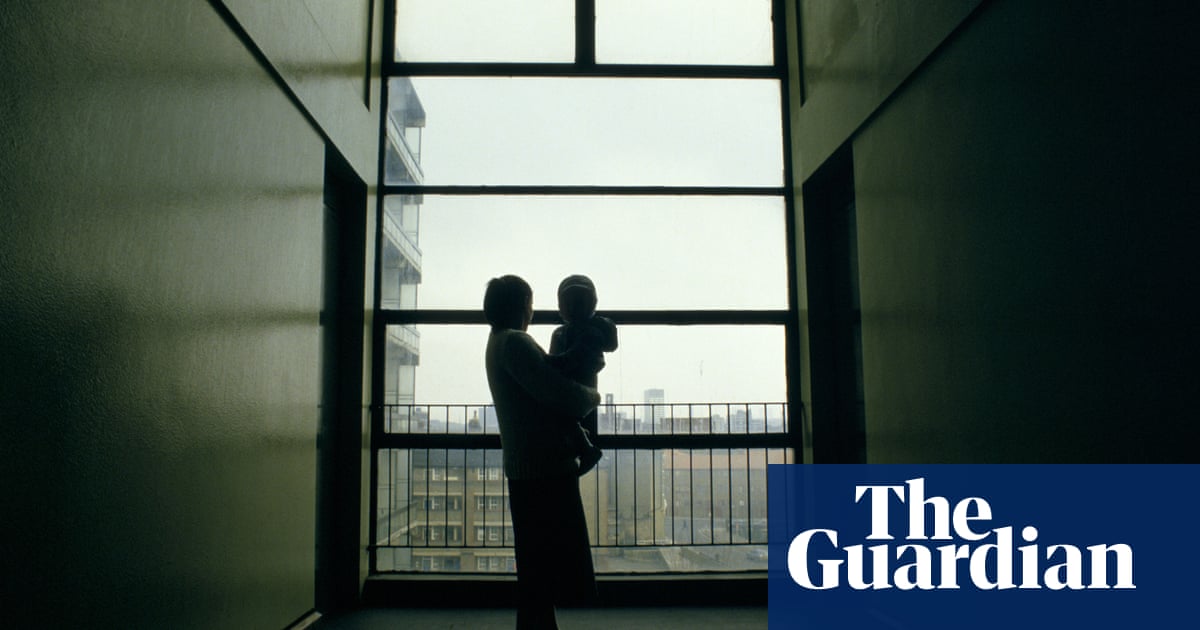
Escaping poverty has become significantly harder over the past two decades, with progress to eradicate hardship in Britain having stalled under the Conservatives since 2010, a major report has warned.
The Joseph Rowntree Foundation (JRF) said levels of hardship had deepened for millions of people across the country since the mid-1990s, having been compounded by years of “political failure” to tackle poverty.
The charity called on political leaders to tell voters what they planned to do before the general election to turn the tide, finding that it was 20 years and six prime ministers since there was last a sustained fall in poverty.
Publishing its UK poverty report for 2024, it said 6 million of the poorest people – those living in very deep poverty – would need on average to more than double their incomes to move out of hardship.
Its analysis showed the average person in poverty had an income 29% below the poverty line on the latest official figures for 2021-22, up from a gap of 23% in the mid-1990s. People are considered to be below the poverty line if they live in a household with income below 60% of the median after housing costs for that year.
For the poorest households – those living in very deep poverty – the average income was 59% below the poverty line, with this gap increasing by about two-thirds over the past 25 years. People in very deep poverty are defined as living in a household with income of less than 40% of the median after-housing costs.
For a couple with two children, both under 14, the poverty line is defined as £21,900, while income below £14,600 is defined as very deep poverty.
It said the number of people in very deep poverty had increased from about 4.5 million in the mid-1990s, when it would require about £7,700 for the average person to reach the poverty line, to about 6 million in 2021-22, when it would take an extra £12,800 to reach the breadline.
Regarded as one of the most authoritative studies on poverty in Britain, the annual report highlighted that poverty had increased in the latest government data, returning close to pre-pandemic levels.
Sounding the alarm amid the cost of living crisis, it said more than one in five people (22%) in the UK were in poverty in 2021-22 as energy bills and the price of basic essentials skyrocketed; this equated to 14.4 million people in total, including 4.2 million children and 2.1 million pensioners.
Analysing broader trends since the 1970s, it said poverty rates had grown rapidly under Margaret Thatcher during the 1980s – reaching about a quarter of all individuals by the mid-1990s – and had remained stubbornly high since then. Poverty fell during the first half of Tony Blair’s Labour administration, but started to rise after 2005.
Overall it said poverty had barely moved since the Conservatives regained power in 2010, with every year’s poverty rate since then being between 20% and 22%.
Paul Kissack, the chief executive of the JRF, said: “Over the last two decades, we have seen poverty deepen, with more and more families falling further and further below the poverty line.
“Little wonder that the visceral signs of hardship and destitution are all around us – from rocketing use of food banks to growing numbers of homeless families. This is social failure at scale. It is a story of both moral and fiscal irresponsibility – an affront to the dignity of those living in hardship, while driving up pressures on public services like the NHS.
“It’s a story which can – and must – change. Governments are not powerless to act, as we have seen throughout our history.”
A government spokesperson said it was supporting families with the cost of living, while absolute poverty had fallen since 2010. Absolute poverty is a tougher measure than the headline figure used by the JRF, which is defined as living in a household with income below 60% of the median in 2010-11, adjusted for inflation.
“Children are five times less likely to experience poverty living in a household where all adults work, compared to those in workless households,” they said. “That’s why we are investing billions breaking down barriers to work and supporting over 1 million low-income earners through our in-work progression offer – all while cutting taxes and curbing inflation so hard-working people have more money in their pocket.”












